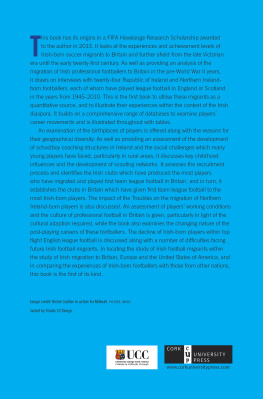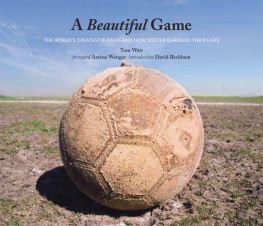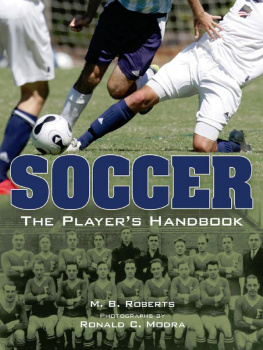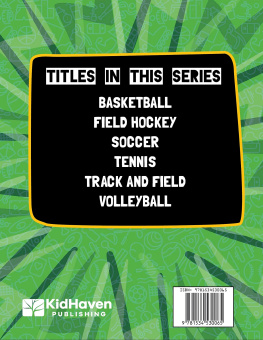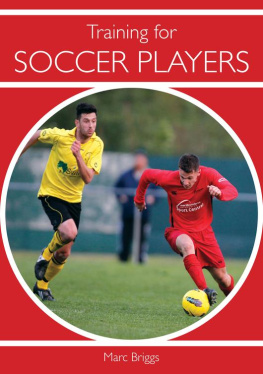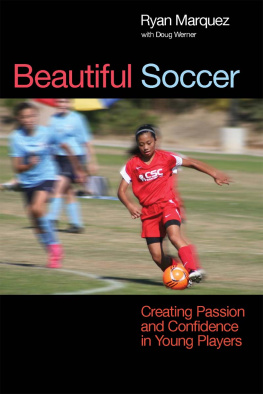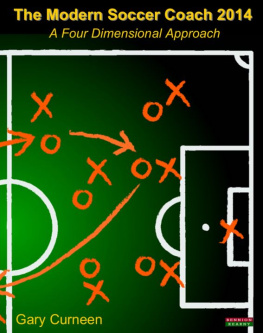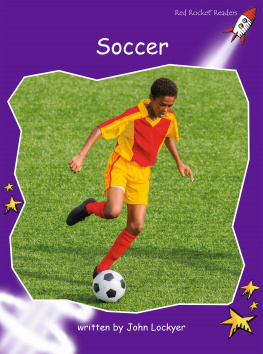Table of Contents

Praise for The Development of Sport in Donegal 18801935
[A] fine book Curran has produced a meticulously researched study of the spread of modern sports to a small, predominantly rural county on the north-western seaboard of Ireland.
DR PAUL ROUSE (University College Dublin) in International Journal of the History of Sport
The Development of Sport in Donegal 18801935 is a fascinating, groundbreaking and meticulously detailed analysis of sport in the county in the years under consideration published in an impressively produced volume by Cork University Pressplaced within a detailed survey of the social context of Donegal in the late nineteenth and early twentieth century, including the social, cultural, religious and geographic diversity of Donegal and its implications for sport... this book will undoubtedly become a crucial reference text for those interested in the history of sport not just in Donegal, but across the island of Ireland as a whole.
DR SEN CROSSAN (National University of Ireland, Galway) in Sport in Society
The book is also a fascinating social history as much as a study of the development of sport. This book is a very significant contribution to the history of sports in the broadest sense but it goes beyond that; it is also a thorough analysis of socio-cultural and political structures.
DR SEN BEATTIE (editor, Donegal Annual) in the Donegal Annual
The great strength of Currans book is that it challenges on a micro level some of the assumed notions we have about the intersection of class, identity and politics when it comes to sport in Ireland.
DR DAVID TOMS (Independent Scholar) in Sport in History
Painstakingly researched using a rich and voluminous array of primary sources This level of rigour [is] deeply impressive throughout
DR LIAM OCALLAGHAN (Liverpool Hope University) in Irish Historical Studies
IRISH SOCCER MIGRANTS: A SOCIAL AND CULTURAL HISTORY
Irish Soccer Migrants:
A Social and Cultural History
CONOR CURRAN

First published in 2017
by Cork university Press
Youngline Industrial Estate
Pouladuff Road, Togher
Cork
T12 HT6V
Ireland
Conor Curran, 2017
All rights reserved. No part of this book may be reprinted or reproduced or utilised in any electronic, mechanical or other means, now known or hereafter invented, including photocopying and recording or otherwise, without either the prior written permission of the publishers or a licence permitting restricted copying in Ireland issued by the Irish Copyright Licensing Agency Ltd., 25 Denzille Lane, Dublin 2.
British Library Cataloguing in Publication Data
A CIP record for this book is available from the British Library.
ISBN: 9781-78205216-6
Printed by Gutenberg Press, Malta.
Print origination & design by Carrigboy Typesetting Services, www.carrigboy.com
www.corkuniversitypress.com
Contents
Acknowledgements
I n February 1992, when the Republic of Ireland international soccer team were captivating the nation with a run that was unprecedented in the countrys soccer history, I heard the news that every schoolboy footballer wants to hear. It was then that Denis McDaid, the manager of my schoolboy soccer club, Dunkineely Celtic under 15s, and a superb mentor, told myself and two other players, Conal Doherty and Mark Boyle, that he was going to try to get a cross-channel scout to look at us after some strong performances in the South Donegal League. Unfortunately for me, I suffered a stress fracture of a bone in my spine the following month and, having battled for six months with an arrogant local doctor who told me the injury was all in my head, I took up temporary residence with my brother John in Dublin where I eventually underwent an operation. This followed correct diagnosis from a leading surgeon in Crumlin Hospital, Dr Esmond E. Fogarty, who understood the ins and outs of the spine. I happily returned to play soccer for Dunkineely Celtics youth team in the summer of 1994 as we won the South Donegal League, and later became a trainee with a then League of Ireland club, Home Farm, before eventually the lure of Gaelic football and my home town club, Ardara, proved greater than quiet Saturday nights in Dublin waiting for matches in the Leinster Senior League that were often rained off.
Undertaking this study has allowed me to temporarily glimpse a world which has always fascinated me. Academically, to be the first scholar to take on the study of Irish football migrants as the recipient of a FIFA Havelange Research Scholarship has been a privilege and I have enjoyed every moment of it. The research conducted for this book would not have been possible without the financial assistance of this award given to me by CIES (Centre International dtude du Sport) and FIFA in 2013. That this award actually existed was brought to my attention initially by Professor Mike Cronin of Boston College, who suggested that I submit an application proposal based on the above research topic and even interrupted his holidays to advise me on the process required. I am also indebted to my other former PhD supervisor, Professor Matthew Taylor of De Montfort university, who also gave me much guidance throughout my PhD and has continued to do this through his assessment of my postdoctoral research and acted as supervisor for this project. I am also very grateful to Dr Tom Hunt and Dr Seamus Kelly for their friendship and advice on the migration of Irish footballers.
A large part of this project involved player interviews and I was able to contact a number of footballers with the help of those involved in the game. This part of the research essentially began for me with a meeting with Gerard Mooney of Belvedere FC in May 2013 and as well as giving me an insight into modern-day player recruitment, he was able to arrange a number of interviews which helped ease my passage into this method of research. Vincent Butler and Stephen McGuinness also took time to speak and discuss their views on the state of player migration from the republic of Ireland to Britain. I am grateful too to former Irish Independent journalist, Sen ryan, who invited me to his home and spent a full day discussing players. Dr Patrick McGovern also took time to discuss our similar research interests, although unfortunately we were unable to meet. Eoin Hand supplied me with a number of documents which otherwise I would not have been able to obtain and also showed a strong interest in my work.
In northern Ireland, I was assisted initially in my search for interviewees by Professor David Hassan who put me in touch with Shane McCullough and I was able to contact a number of players based there after this. northern Ireland football historian, John Duffy, also helped me in tracking down former footballers and was always available for conversation, while Andrew McCullough (Ards FC), richard McKinney (Derry City FC), Trevor Clydesdale (Portadown FC), Laura Hillen (newry City FC) and Andrew Conn of Linfield FC helped organise interviews which otherwise would not have been possible. Seamus Heath, formerly a professional footballer and now an IFA development officer, pointed me in the direction of a number of players who were available for interviews as well as looking after me on my visit to Downpatrick to discuss his career. On hearing of my scholarship, Robin Peake was quick to send me his masters thesis on earlier Irish football migration, which added to my understanding of the subject. I am also grateful to Bethany Sinclair and Lorraine Bourke for their help in gaining access to the archives of the Irish Football Association; they have always been very accommodating in dealing with my requests. Part of this book has been published in the academic journals,

